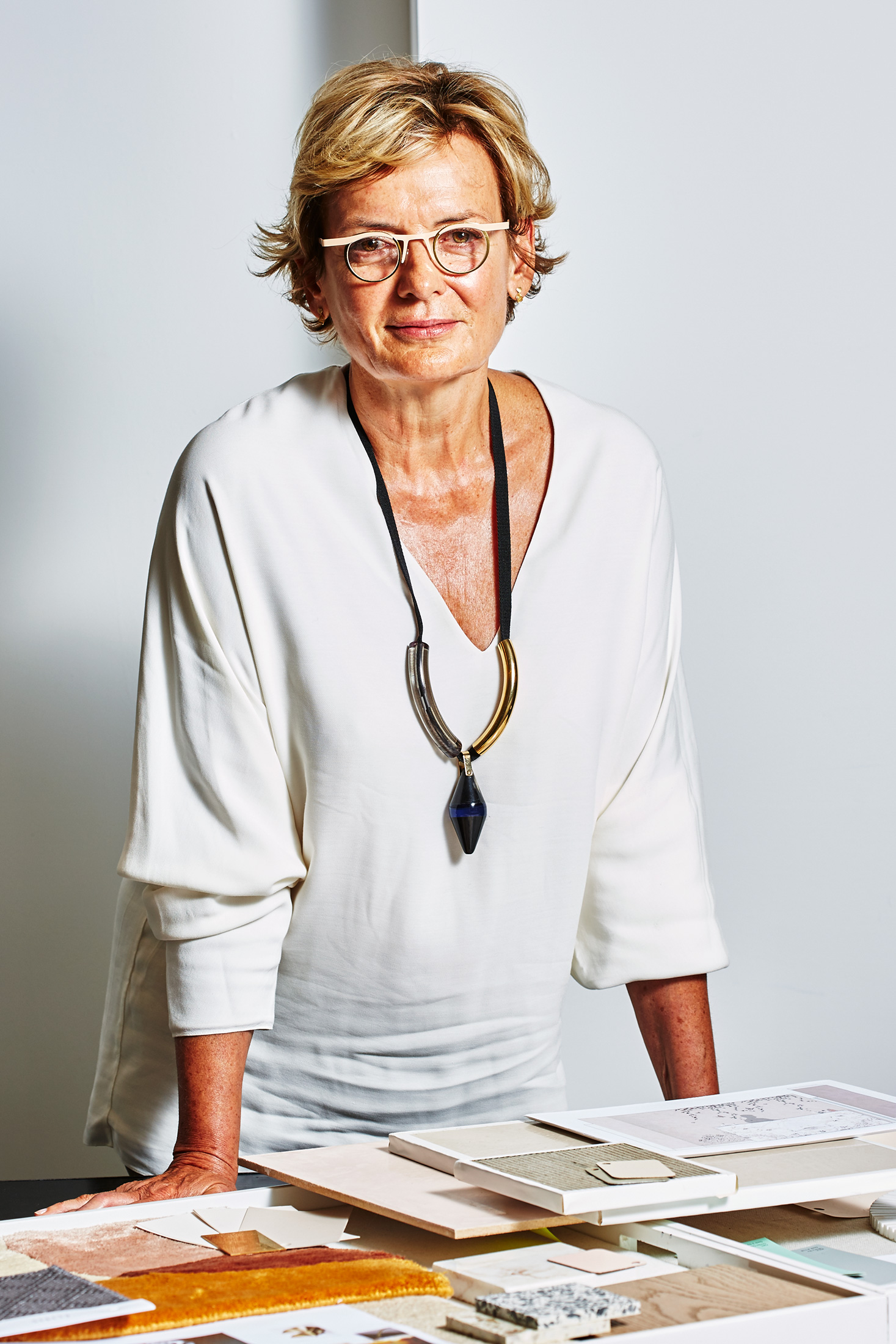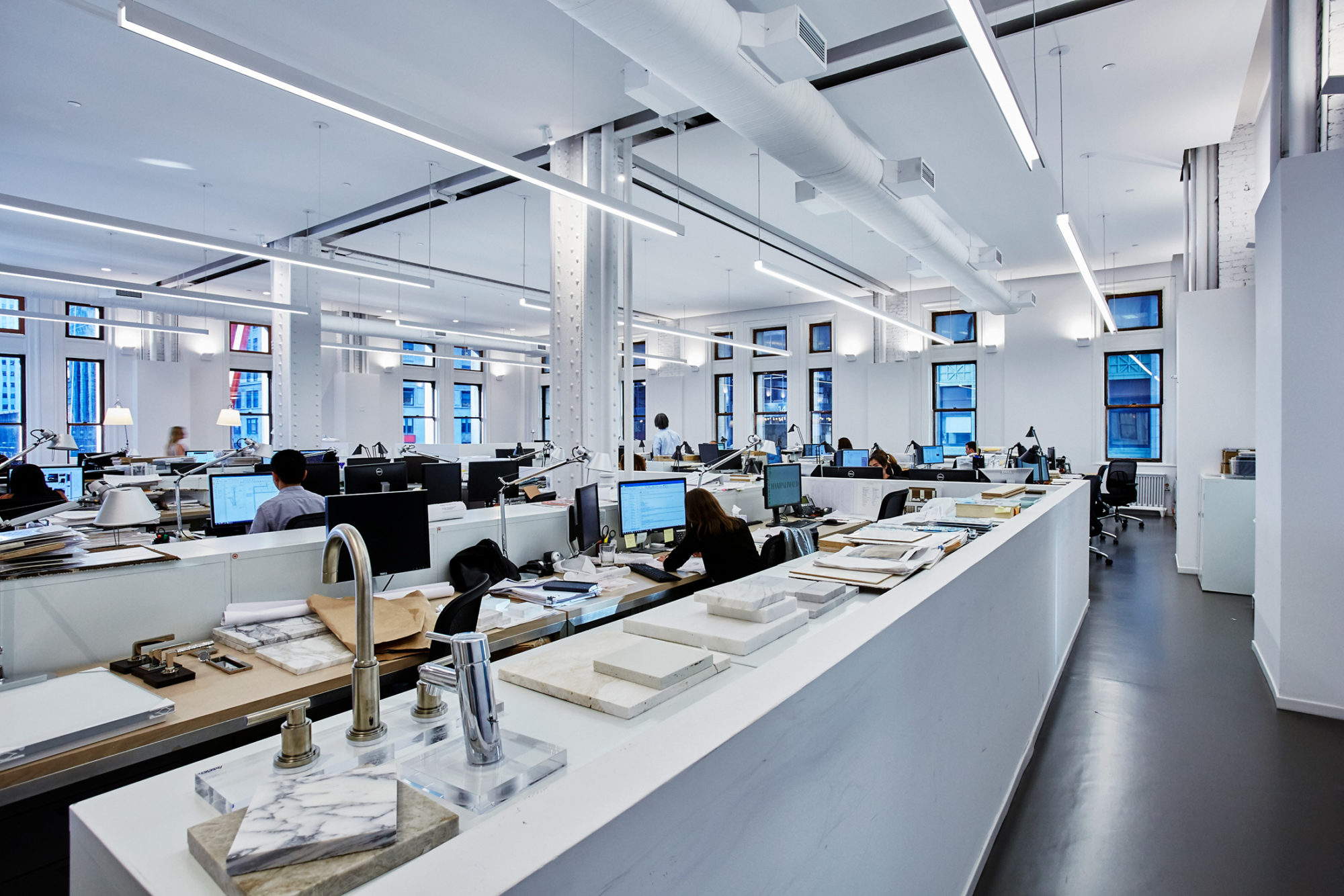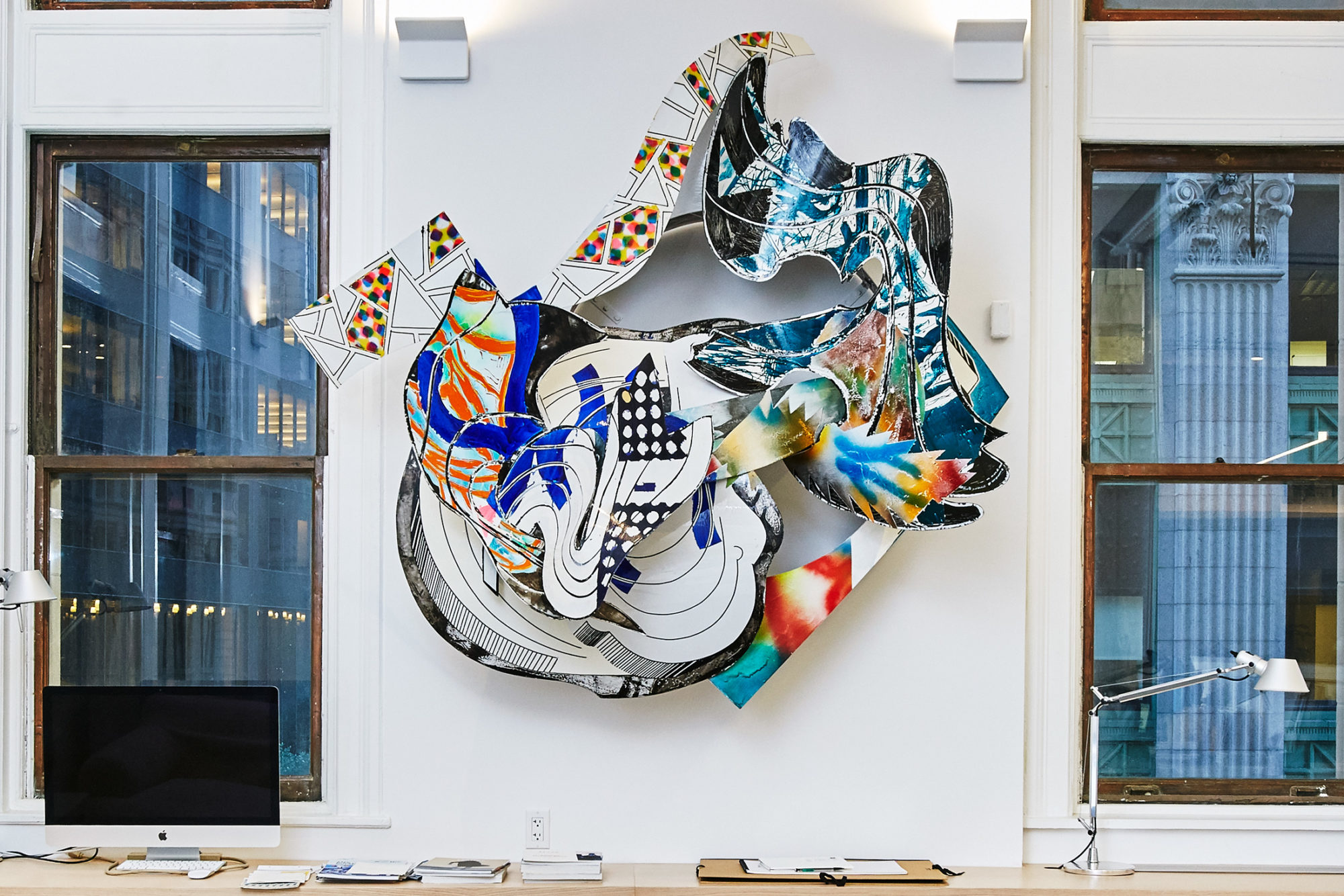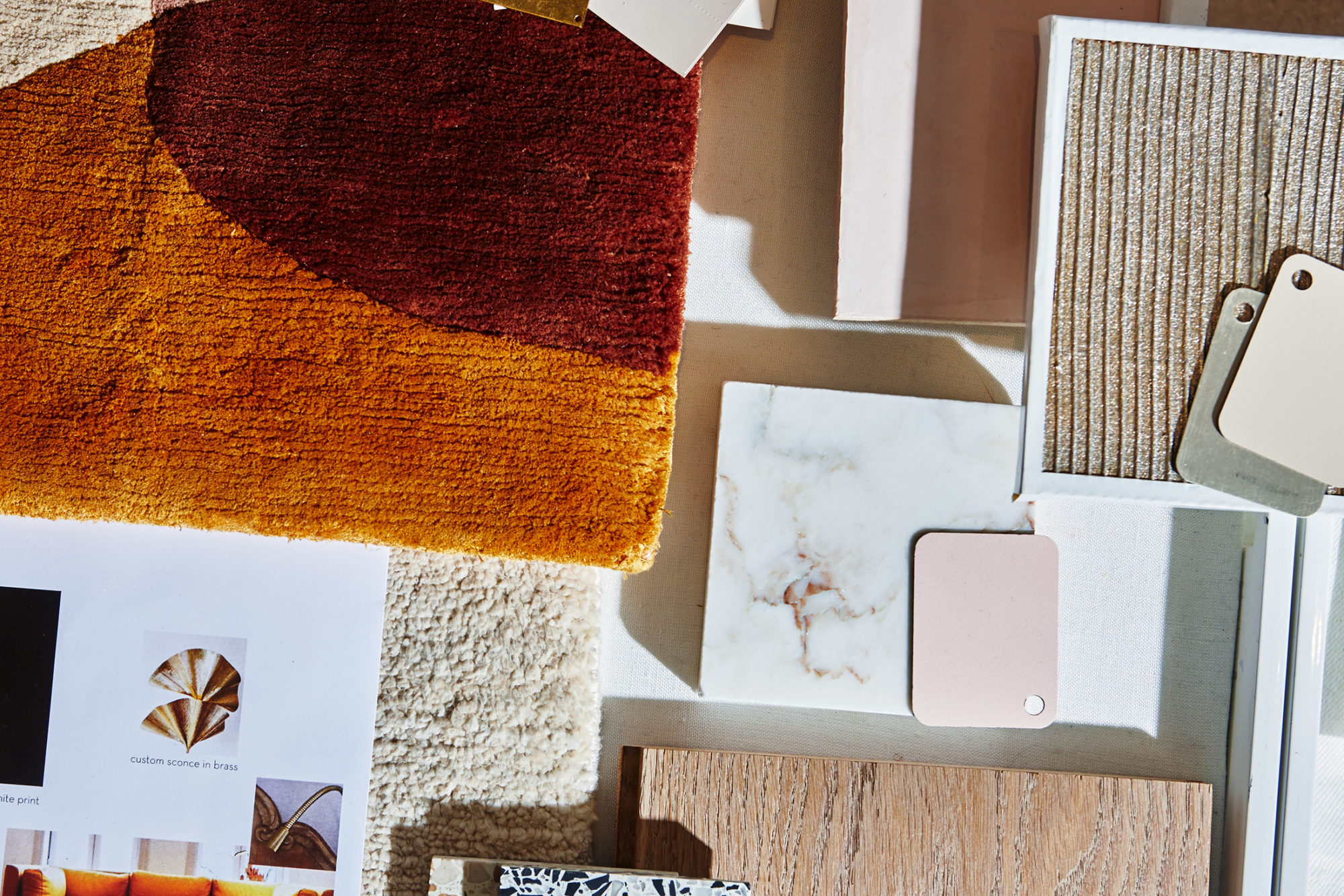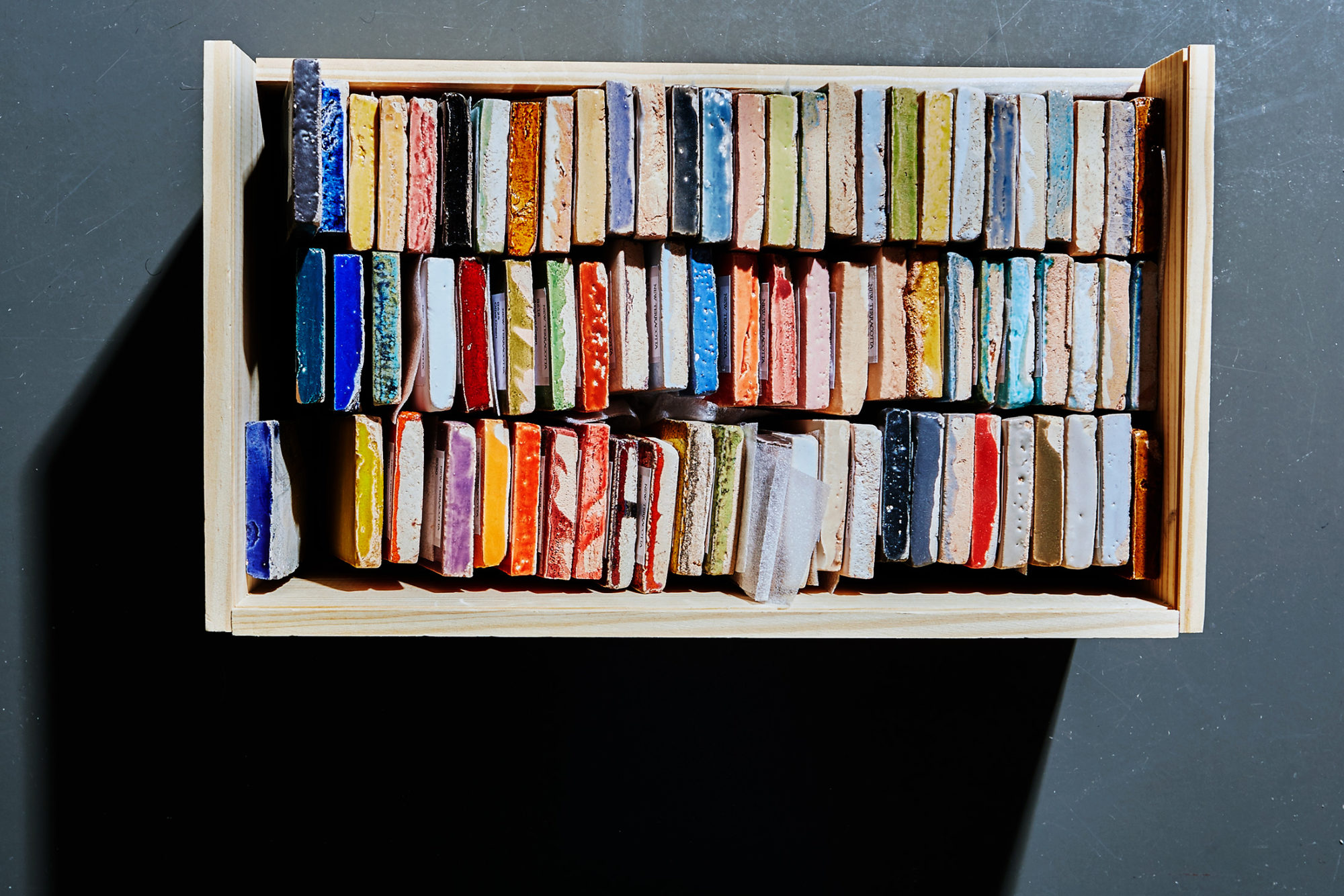What are some key components of your practice?
The reason why I come to work every day is because I love creating beautiful spaces and things. When I say beautiful, I mean moving. True beauty is moving. When something is beautiful, it creates an incredibly positive environment.
How much time do you spend in the office?
I’m here about three or four days each week. When I’m not traveling, of course. People say they travel for inspiration. I don’t. Traveling is about connecting with other people. That’s what matters to me: connecting. You should come away with a different expression of what you’re going to do next. I go to Africa a lot. I adore it.
Your travels seem to be about embracing adventure. Is it the same with your interiors?
They’re all an adventure. They’re each about how I’m going to move people in that space. I believe that when they move into a space I’ve done, they will be happier.
Have you studied psychology?
No, but I understand it. The first time I was pulled out of my comfort zone I was in my early twenties. The world is very different now. The connection everyone has today is so quick and so fast, and frankly very flat. Whereas back then we had to move out of our comfort zones to explore the world. Before the internet, you had to transport yourself to weird or different or extraordinary places. It formed you. It wasn’t superficial.
When you were pushed out of your comfort zone, was that in the wake of Portugal’s Carnation Revolution in 1974? You fled to Montréal, correct?
Yes, I was 21 or 22, and had a son. I grew up in Portugal and had studied at boarding schools in Switzerland and England. I had an amazing family and married into another great family. I thought I was going to live in Lisbon forever. But then everything changed. I went to Canada after the revolution, and the immersion there was something amazing for me. I had no understanding of the currency. Or the cold—I had a little leather jacket, and that was it.
Why Canada?
Family connections through my husband. He had a job there at his family’s bank. But when we were there, the bank got nationalized overnight, and he was fired. Here I was in Canada, and it was cold, dammit. Happily, I spoke French. I got some interviews. Then I got three offers, and took one. I started at minimum wage, kept quiet, and learned what people wanted. I eventually began to design offices and hotels, and ultimately had a wonderful time in Canada. But it was hard.
